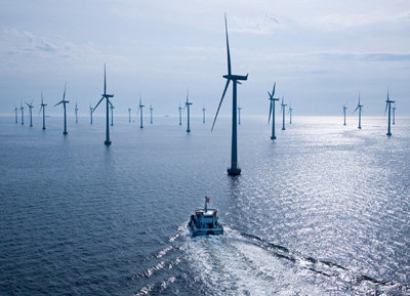
Onshore construction of the 132 MW project is expected to begin soon after federal approval and, when completed in 2023, the dozen turbine project located 35 miles from Long Island, New York will generate enough power for 70,000 homes. The construction approval follows Vineyard Wind’s approval in late 2021 and continues the moment of offshore wind power adoption in the US.
Even before approval was finalised, the South Fork project developers Ørsted and Eversource announced that many critical components of the wind farm will be constructed domestically, including export transmission cables at a South Carolina facility, an offshore substation in Texas, and a large maintenance vessel at shipyards in Louisiana, Mississippi, and Florida. Supply chains for each component will stretch into other states, as with the offshore substation which is expected to be partially built in Kansas. Just last week, project developers announced an agreement with Long Island’s Haugland Energy Group to install part of the onshore transmission system that will create more than 100 skilled jobs.
“The US now has multiple offshore wind projects in their construction phases, showcasing that a domestic industry is now coming to life” said Ross Gould, vice president of Supply Chain Development at the Business Network for Offshore Wind. “Offshore wind is a powerful and reliable renewable energy source; its development is essential to confronting climate change and meeting state and federal clean energy goals. Today’s federal approval of South Fork – the second US offshore wind project—further solidifies the US as a major market and will boost needed supply chain investments. While local labor will be instrumental in construction and operations, the South Fork project shows how a singular offshore wind project creates hundreds of well-paying jobs across the nation as manufacturing and logistics supply chains stretch deep into the US. This localisation of a supply chain is critical and must be better supported by policymakers to ensure projects move forward consistently and economic benefits are captured domestically.”
For additional information:

